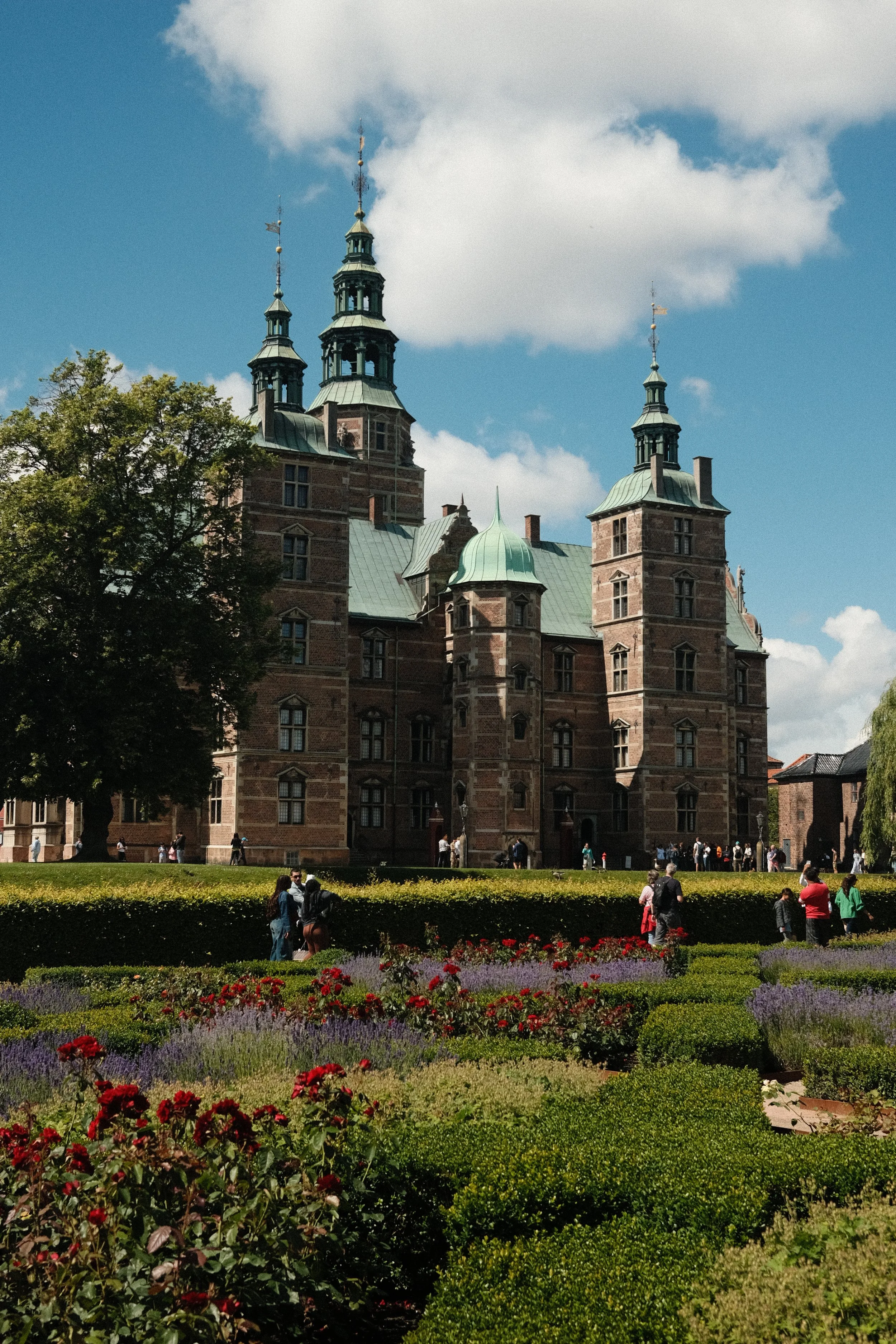
Denmark
Timezone: GMT+1
Capital City: Copenhagen
Currency: Danish Krone (DKK)
Language(s): Danish
Population: Approx 5.8 million
Religion(s): Predominantly Christian
Mobile Extension: +45
Emergency Number: 112
Getting around
Discover the best spots around the world.
We’ve curated all our favourite places to eat, drink, shop, and explore into one easy-to-use Google Maps list—helping you travel smarter and experience more.
Head to Resources or use the button below to get access.
Know before you go (FAQs)
-
Denmark experiences a temperate maritime climate:
Spring (March to May): Mild temperatures with blooming flora; ideal for outdoor activities.
Summer (June to August): Warm and pleasant, with long daylight hours; peak tourist season.
Autumn (September to November): Cooler temperatures with colorful foliage; a quieter time to explore cities.
Winter (December to February): Cold and often overcast; hygge culture thrives during these cozy months.
-
Clothing: Layered outfits to adapt to changing weather; waterproof jacket or umbrella due to frequent rain.
Footwear: Comfortable walking shoes suitable for urban exploration and countryside visits.
Accessories: Universal power adapter (Denmark uses Type C, E, and K plugs, 230V); scarf and gloves for cooler months.
-
Denmark is a member of the Schengen Area, allowing travellers from many countries to enter visa-free for short stays up to 90 days within a 180-day period. This includes nationals from the USA, Canada, Australia, New Zealand, and the UK. Ensure your passport is valid for at least three months beyond your planned date of departure.
For stays longer than 90 days or for specific purposes such as work or study, a visa is required. It's recommended to check the latest requirements before planning your trip.
For detailed information and to verify specific requirements based on your nationality, consult the official Danish visa website:
-
Citymapper: Real-time public transport navigation, especially useful in Copenhagen.
DOT Mobilbilletter: Buy mobile tickets for buses, trains, and metro in the Copenhagen area.
Google Translate: Useful for understanding Danish signs, menus, and quick translations.

